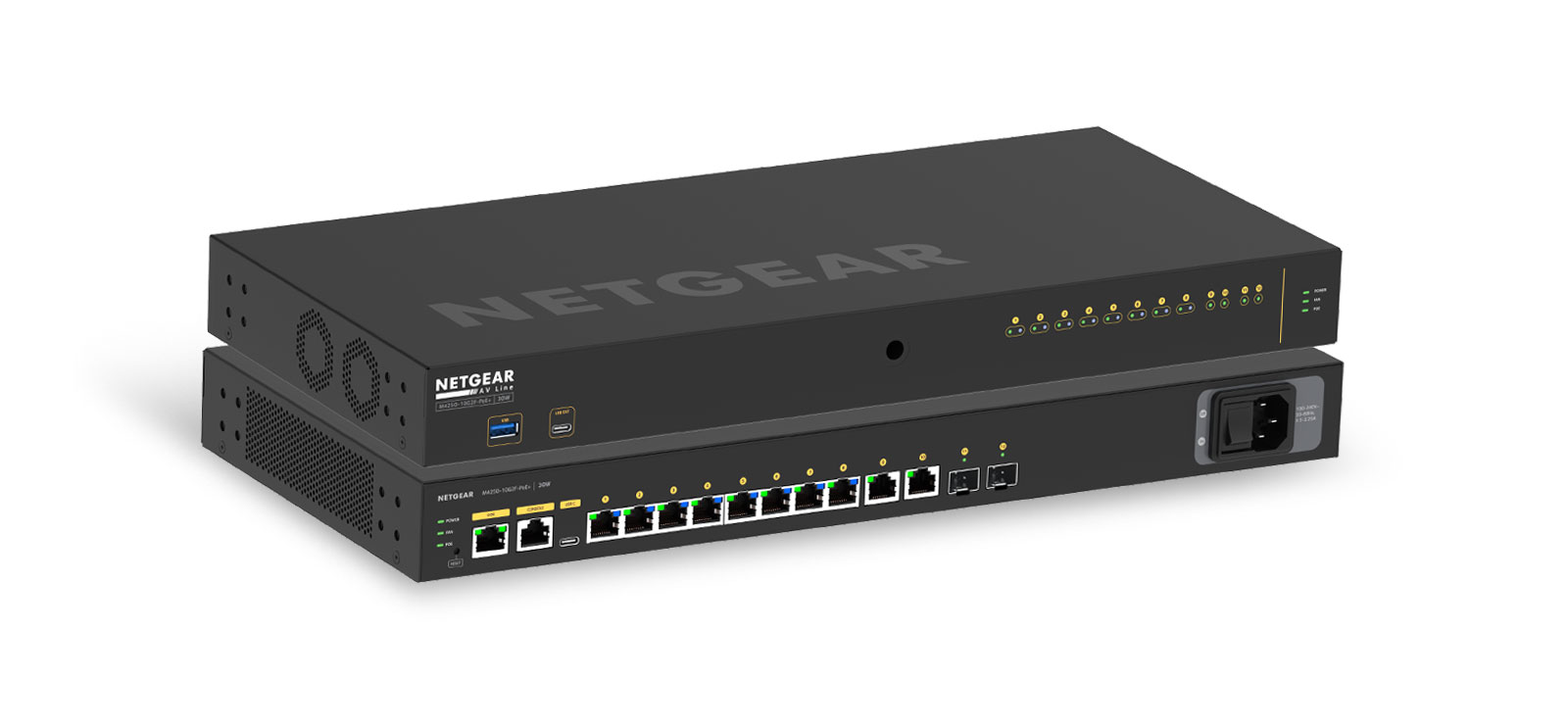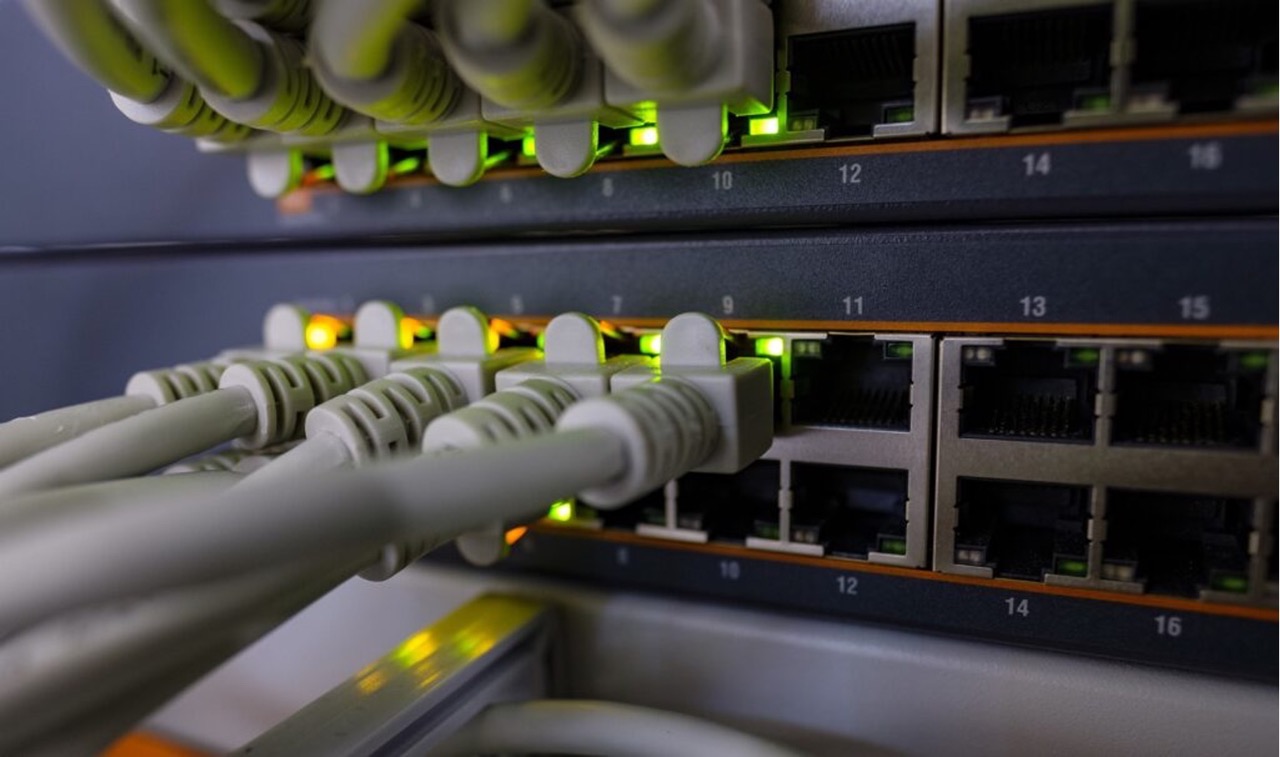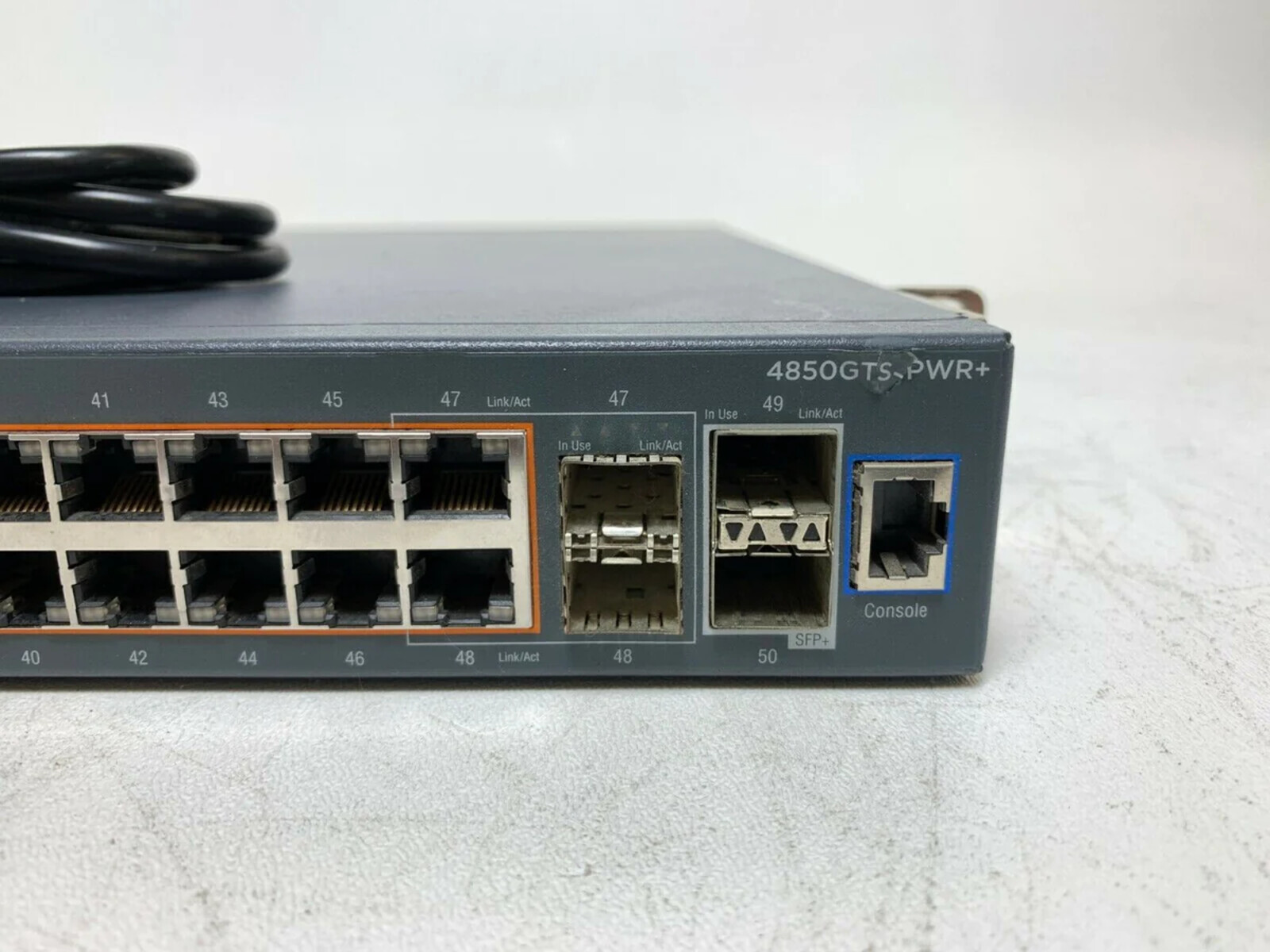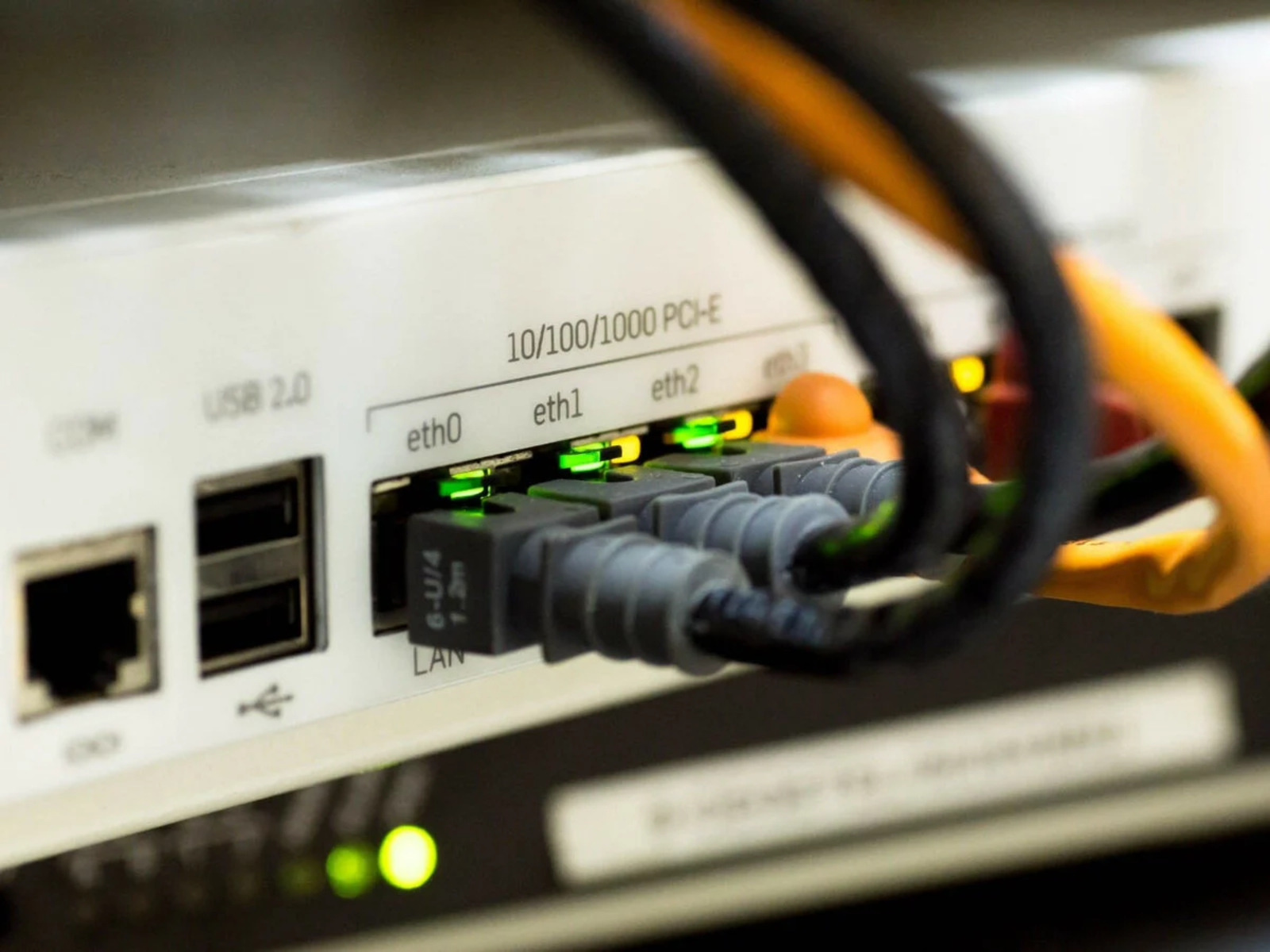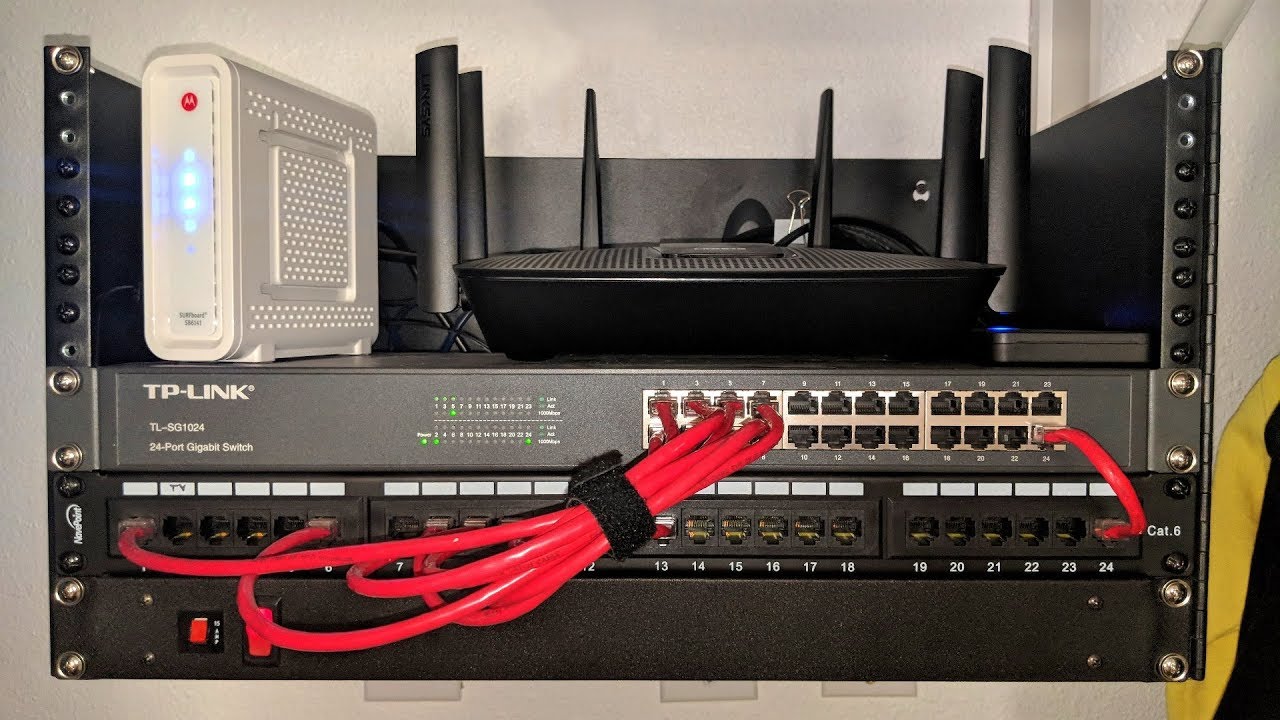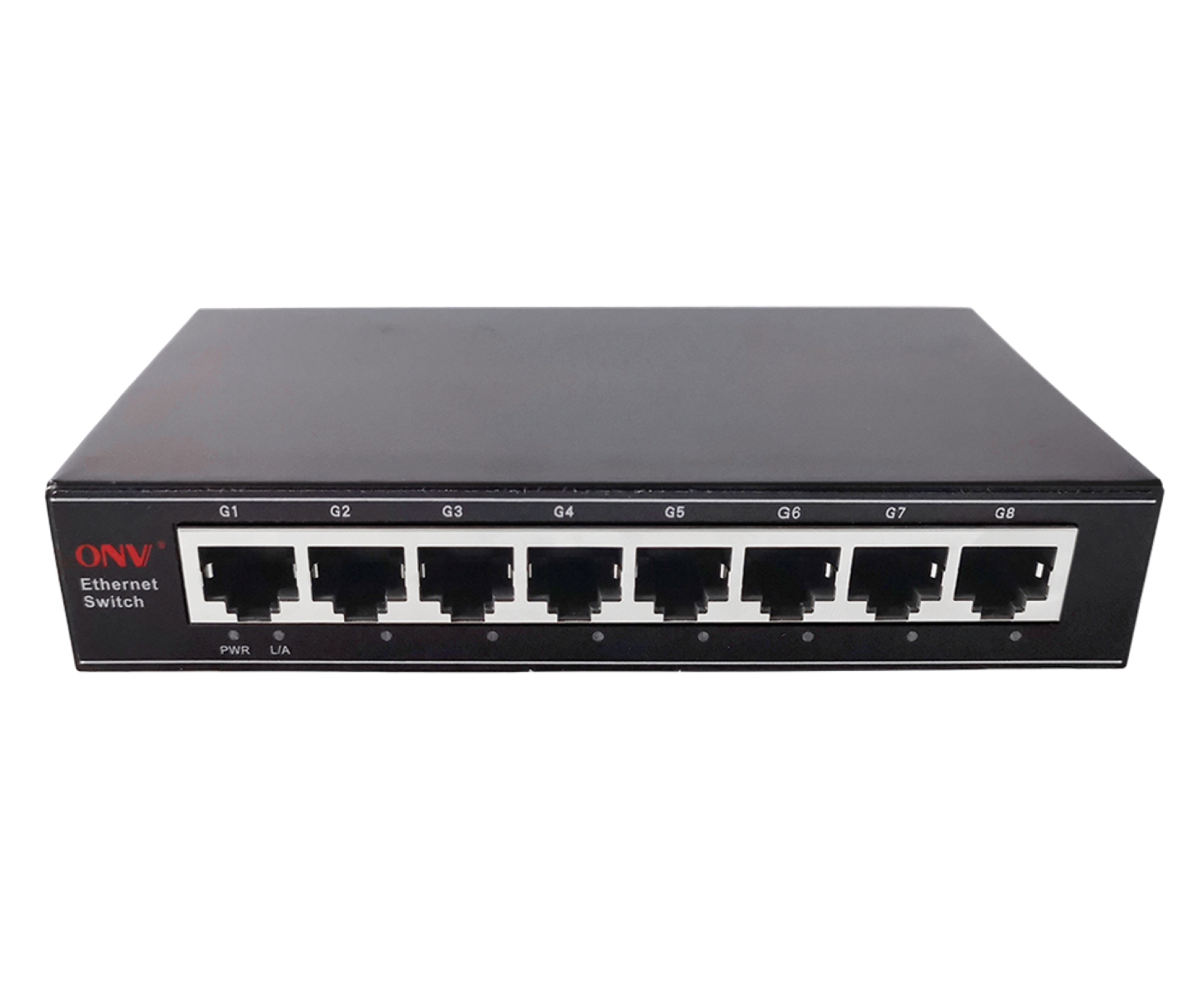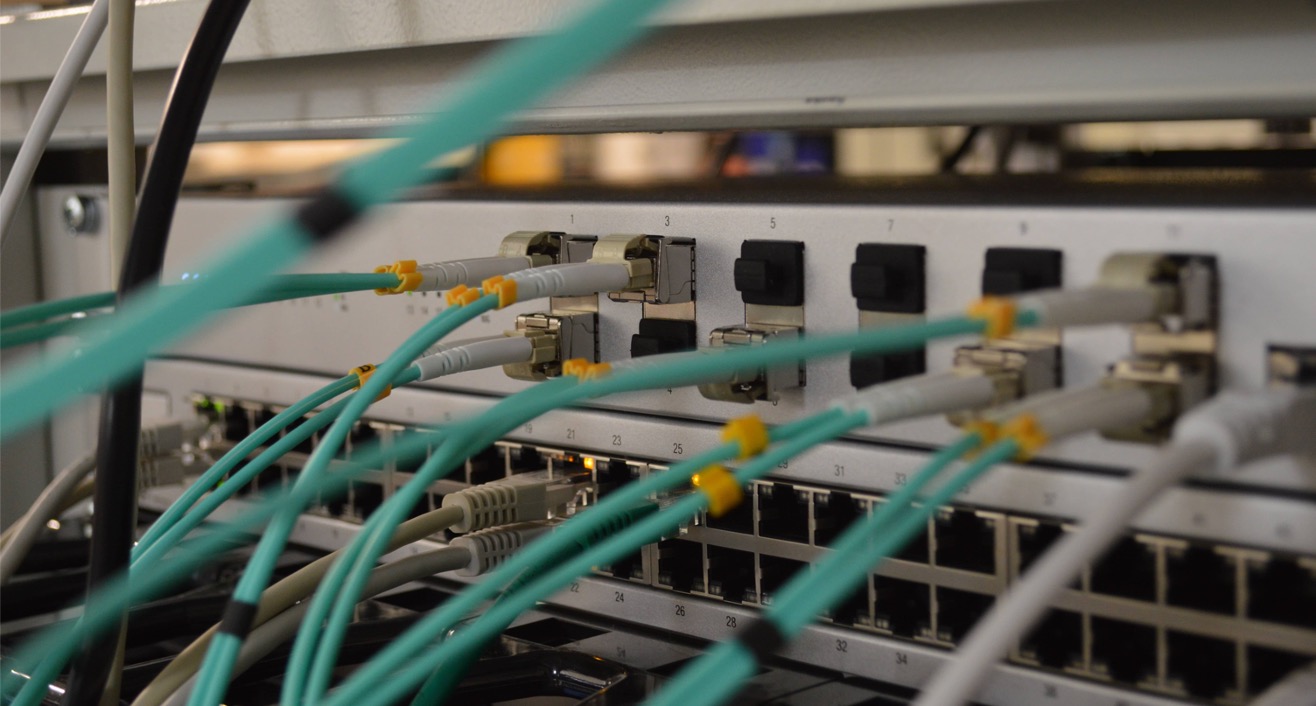Introduction
Configuring a managed network switch is an essential task for network administrators and IT professionals. A managed switch offers greater control and flexibility compared to an unmanaged switch, allowing for advanced configurations and optimizations to meet specific networking requirements. Whether it's setting up VLANs, optimizing port settings, or enhancing security features, a managed switch empowers administrators to fine-tune their network infrastructure for improved performance, security, and management.
In this comprehensive guide, we will walk through the step-by-step process of configuring a managed network switch. From accessing the switch interface to setting up VLANs, configuring port settings, enabling security features, and effectively managing the switch, each step is crucial to ensuring a well-optimized and secure network environment. By following this guide, network administrators and IT professionals can gain a deeper understanding of the configuration process and harness the full potential of their managed network switch.
Whether you are a seasoned network administrator or an IT professional looking to expand your knowledge, this guide will provide valuable insights and practical techniques to effectively configure a managed network switch. Let's dive into the intricacies of managing a network switch and unlock its full capabilities to enhance your network infrastructure.
Step 1: Accessing the Switch Interface
Before diving into the configuration process, the first step is to access the switch interface. This can be achieved through a web browser or a console connection, depending on the switch model and the administrator’s preference.
Accessing the Switch via Web Browser:
To access the switch interface via a web browser, the administrator needs to know the switch’s IP address. Once the IP address is known, simply enter it into the web browser’s address bar. This action will prompt the switch’s login page, where the administrator can enter the appropriate credentials to access the switch’s management interface.
Accessing the Switch via Console Connection:
Alternatively, for switches without a web interface or in cases where a console connection is preferred, a terminal emulator program such as PuTTY can be used. By connecting the console cable to the switch and launching the terminal emulator, the administrator can establish a direct connection to the switch’s command-line interface (CLI).
Once the administrator has successfully accessed the switch interface, they are ready to proceed with the configuration process, delving into the intricacies of optimizing the switch’s settings to align with the network’s requirements.
By understanding the various methods of accessing the switch interface, administrators can seamlessly initiate the configuration process, setting the stage for a comprehensive and effective management of the managed network switch.
Step 2: Configuring Basic Settings
Once access to the switch interface is established, the next crucial step is to configure the basic settings of the managed network switch. This includes essential configurations such as setting the switch’s hostname, management IP address, and enabling necessary services.
Setting the Hostname:
The hostname serves as the unique identifier for the switch within the network. Administrators can assign a meaningful and identifiable hostname to the switch, aiding in network management and troubleshooting processes.
Configuring the Management IP Address:
Assigning a management IP address to the switch is imperative for remote management and accessibility. This IP address allows administrators to connect to the switch interface from a remote location, facilitating efficient monitoring and configuration adjustments.
Enabling Necessary Services:
Depending on the network requirements, administrators may need to enable specific services such as SSH (Secure Shell) or SNMP (Simple Network Management Protocol) for secure remote access and network monitoring. These services enhance the switch’s manageability and contribute to the overall security and performance of the network infrastructure.
By meticulously configuring these basic settings, administrators lay a solid foundation for the subsequent configurations and optimizations. A well-defined hostname, a reachable management IP address, and enabled essential services form the cornerstone of a well-managed and accessible network switch.
Step 3: Setting up VLANs
Virtual Local Area Networks (VLANs) play a pivotal role in segmenting network traffic, enhancing security, and optimizing network performance. Configuring VLANs on a managed network switch allows administrators to logically divide the network into distinct broadcast domains, thereby improving network efficiency and management.
Creating VLANs:
The first step in setting up VLANs involves creating the desired VLANs on the switch. Administrators can assign specific VLAN IDs and names to differentiate each VLAN, tailoring them to the network’s organizational structure and requirements.
Assigning Ports to VLANs:
Once VLANs are created, administrators can assign individual switch ports to the respective VLANs. This process enables the segregation of network traffic based on VLAN membership, facilitating better control and management of data flows within the network.
Implementing VLAN Trunking:
For interconnecting switches and facilitating the passage of multiple VLAN traffic between them, VLAN trunking is essential. Administrators can configure trunk ports to carry traffic for multiple VLANs, enabling seamless communication and data exchange across the network.
By effectively setting up VLANs, administrators can optimize network resource utilization, enhance security through traffic isolation, and streamline network management. VLAN configurations empower administrators to tailor the network’s structure to meet specific operational needs, fostering a more efficient and secure network environment.
Step 4: Configuring Port Settings
Configuring port settings on a managed network switch is a crucial aspect of optimizing network performance and ensuring efficient data transmission. By customizing port settings, administrators can tailor the switch’s behavior to suit the specific requirements of connected devices and applications.
Setting Port Speed and Duplex Mode:
Administrators can configure individual port speeds and duplex modes to match the capabilities of connected devices. This optimization ensures that each port operates at the optimal speed and communication mode, minimizing network congestion and enhancing data transfer reliability.
Enabling Port Security Features:
Enhancing network security, administrators can implement port security features such as MAC address filtering and limiting the number of MAC addresses allowed on a port. These measures prevent unauthorized access and unauthorized device connections, bolstering the overall security posture of the network.
Configuring Port Aggregation:
To increase bandwidth and provide redundancy, administrators can configure port aggregation, also known as link aggregation or port bonding. This technique combines multiple physical ports into a single logical link, enabling higher throughput and fault tolerance for connected devices.
By meticulously configuring port settings, administrators can fine-tune the switch’s behavior to align with the network’s operational needs, promoting efficient data transmission, bolstered security, and improved network reliability.
Step 5: Enabling Security Features
Enhancing the security posture of a managed network switch is paramount in safeguarding the integrity and confidentiality of network data. By enabling robust security features, administrators can fortify the switch against unauthorized access, malicious activities, and potential security breaches.
Implementing Access Control Lists (ACLs):
Access Control Lists are a fundamental component of network security. By defining rules that control the movement of traffic through the switch, administrators can restrict unauthorized access and mitigate potential threats, thereby bolstering the overall security of the network infrastructure.
Enabling Port-Based Authentication:
Port-based authentication protocols such as 802.1X can be enabled to authenticate and authorize devices before granting them access to the network. This stringent authentication mechanism enhances network security by ensuring that only authorized devices can connect to the switch.
Deploying Secure Management Protocols:
Utilizing secure management protocols such as SSH (Secure Shell) and HTTPS for switch management sessions adds an extra layer of protection against unauthorized access and eavesdropping. These encrypted protocols safeguard sensitive management data and credentials from potential security threats.
By enabling robust security features, administrators can mitigate security risks, fortify the switch against unauthorized access, and safeguard the confidentiality and integrity of network communications and data. These security measures play a pivotal role in establishing a resilient and secure network environment.
Step 6: Monitoring and Managing the Switch
Effective monitoring and management of a managed network switch are essential for maintaining optimal performance, identifying potential issues, and ensuring seamless operation of the network infrastructure. By leveraging monitoring tools and management capabilities, administrators can proactively oversee the switch’s behavior and address any emerging concerns.
Utilizing SNMP for Monitoring:
Simple Network Management Protocol (SNMP) enables administrators to collect and monitor valuable network performance data, including traffic statistics, port status, and device health. By leveraging SNMP, administrators can gain insights into the switch’s operational status and proactively address potential performance bottlenecks.
Implementing Syslog for Event Logging:
Syslog facilitates the centralized collection and storage of system logs and events, providing administrators with a comprehensive view of switch activities and potential security incidents. By analyzing syslog data, administrators can effectively troubleshoot issues and identify patterns that require attention.
Applying Firmware Updates and Configuration Backups:
Regularly updating the switch’s firmware and creating backups of configurations are critical for maintaining the switch’s stability and security. By staying current with firmware updates and having configuration backups readily available, administrators can swiftly recover from potential failures or security incidents.
By actively monitoring the switch’s performance and leveraging robust management practices, administrators can effectively identify and address potential issues, maintain the switch’s stability, and ensure the seamless operation of the network infrastructure.
Conclusion
Configuring a managed network switch is a multifaceted process that demands meticulous attention to detail and a comprehensive understanding of networking principles. From accessing the switch interface to setting up VLANs, configuring port settings, enabling security features, and effectively managing the switch, each step contributes to the seamless operation and optimization of the network infrastructure.
By following the step-by-step guide outlined in this comprehensive overview, network administrators and IT professionals can gain valuable insights into the intricacies of managing a network switch. The careful configuration of basic settings, VLANs, port settings, security features, and monitoring practices empowers administrators to tailor the switch’s behavior to meet specific operational requirements, enhance security, and ensure optimal network performance.
It is imperative for administrators to stay abreast of evolving networking technologies and best practices, continuously refining their skills and knowledge to adapt to the dynamic landscape of network management. As networking requirements evolve, the ability to configure and manage a managed network switch effectively becomes increasingly vital in maintaining a robust and secure network infrastructure.
Ultimately, the successful configuration and management of a managed network switch are pivotal in fostering a resilient, secure, and high-performing network environment. By embracing best practices and leveraging the full capabilities of managed switches, administrators can optimize network resources, enhance security, and facilitate seamless data transmission, thereby contributing to the overall efficiency and reliability of the network infrastructure.









